In today’s fast-paced world, effective collaboration and communication are pivotal for success, whether in a classroom or a corporate boardroom. Interactive whiteboards (IWBs) are at the forefront of this revolution, transforming how we teach, learn, and collaborate. Here’s how these innovative tools are making waves across sectors.
The Rise of Interactive Learning and Meeting Environments
Why Use Interactive Whiteboards?
Interactive whiteboards are much more than sleek digital replacements for traditional blackboards and flip charts. They are dynamic tools that integrate with various multimedia content and applications, fostering an interactive and engaging environment for learners and professionals alike. Here’s why they are becoming a staple in educational institutions and business settings:
- Enhanced Engagement: IWBs captivate attention with vivid visuals and multimedia integration, keeping students and meeting participants engaged and involved.
- Real-Time Collaboration: Whether it’s a classroom setting or a cross-continental business meeting, IWBs enable real-time collaboration. Multiple users can interact with the board simultaneously, making it a hub for brainstorming and idea-sharing.
- Flexibility and Access: Teachers and business leaders can pull up documents, presentations, and videos instantaneously, which enhances the flow of lessons and discussions. Remote access also allows participants to join in from anywhere in the world, making it perfect for modern, hybrid work and learning models.
How Interactive Whiteboards Are Changing the Game in Education
Transforming Teaching Methods
Interactive whiteboards in educational settings are not just about watching videos or looking at illustrations. They allow educators to integrate various forms of media into their lessons to accommodate different learning styles. For example, kinesthetic learners can interact with elements on the board, auditory learners can listen to recordings, and visual learners can observe dynamic graphs and diagrams.
Encouraging Student Participation
With features like touch recognition, students are encouraged to physically engage with lessons, whether it’s solving a math problem on the board or moving parts of a sentence around to learn grammar. This hands-on approach helps increase retention rates and makes learning more interactive and fun.
Revolutionising Business Meetings
Streamlining Workflow and Communication
In the corporate world, interactive whiteboards streamline meetings by facilitating quick access to all necessary documents and files. Imagine conducting a SWOT analysis where everyone can add their input directly onto a digital board or annotating project timelines in real time during a strategy session.
Enhancing Remote Collaboration
For businesses that operate globally, IWBs can be the bridge that connects teams across different geographical locations. Remote team members can participate as actively as those in the office, ensuring that everyone is on the same page, literally and figuratively.
Choosing the Right Interactive Whiteboard for Your Needs
When selecting an interactive whiteboard, consider the size, software compatibility, connectivity options, and the types of interactive tools it supports. It’s also crucial to think about the after-sales support and training provided, as these will ensure that you get the most out of your investment.
Interactive whiteboards are more than just advanced technology; they are catalysts for more dynamic, inclusive, and collaborative learning and working environments. As we continue to embrace digital transformation in education and business, IWBs stand out as essential tools for fostering not only understanding but also innovation and connectivity.
















